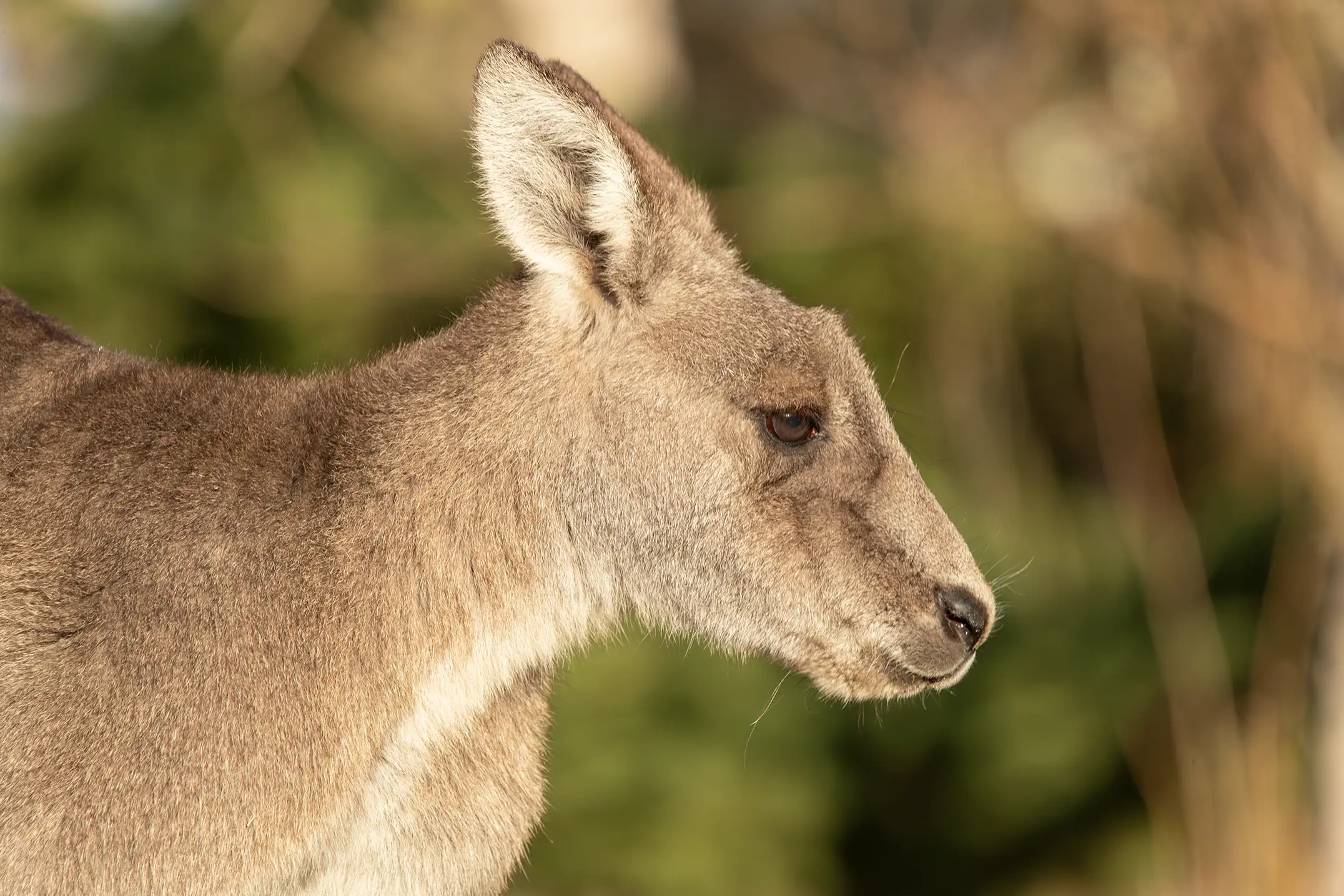Kangaroo histories: In memory of Toshio Hoshimi and Kangaroos now
Life on land



Your support will assist us to continue our research and content development, the greater our resources, the more we can do.
The more we have an accurate understanding of what is happening to nature, the more we can all do to protect what remains of our living planet.
This is also an opportunity for philanthropists to be part of an ongoing project that tells independent stories about the natural world, stories that will help us to better understand what is happening to species and places on our precious planet Earth.
Note: Creative Cowboy Films does NOT have tax deductible charity status.

The Nature Knowledge Channel is a very real way you can help the precious natural world and support the work we do in creating knowledge about the natural world.
Annual membership of the Creative cowboy films - Nature Knowledge Channel gives you full access to content, stories and films, available on this website. Becoming a member of the Creative cowboy films - Nature Knowledge Channel is a very real way you can help the natural world and support our work in creating a greater understanding about what is happening to it.
A point of difference
Creative cowboy films is independent, is not funded by governments or industry, and is not influenced by their associated interest groups. For reasons of independent research and content development, Creative cowboy films does NOT have tax deductible charity status.
Life on land
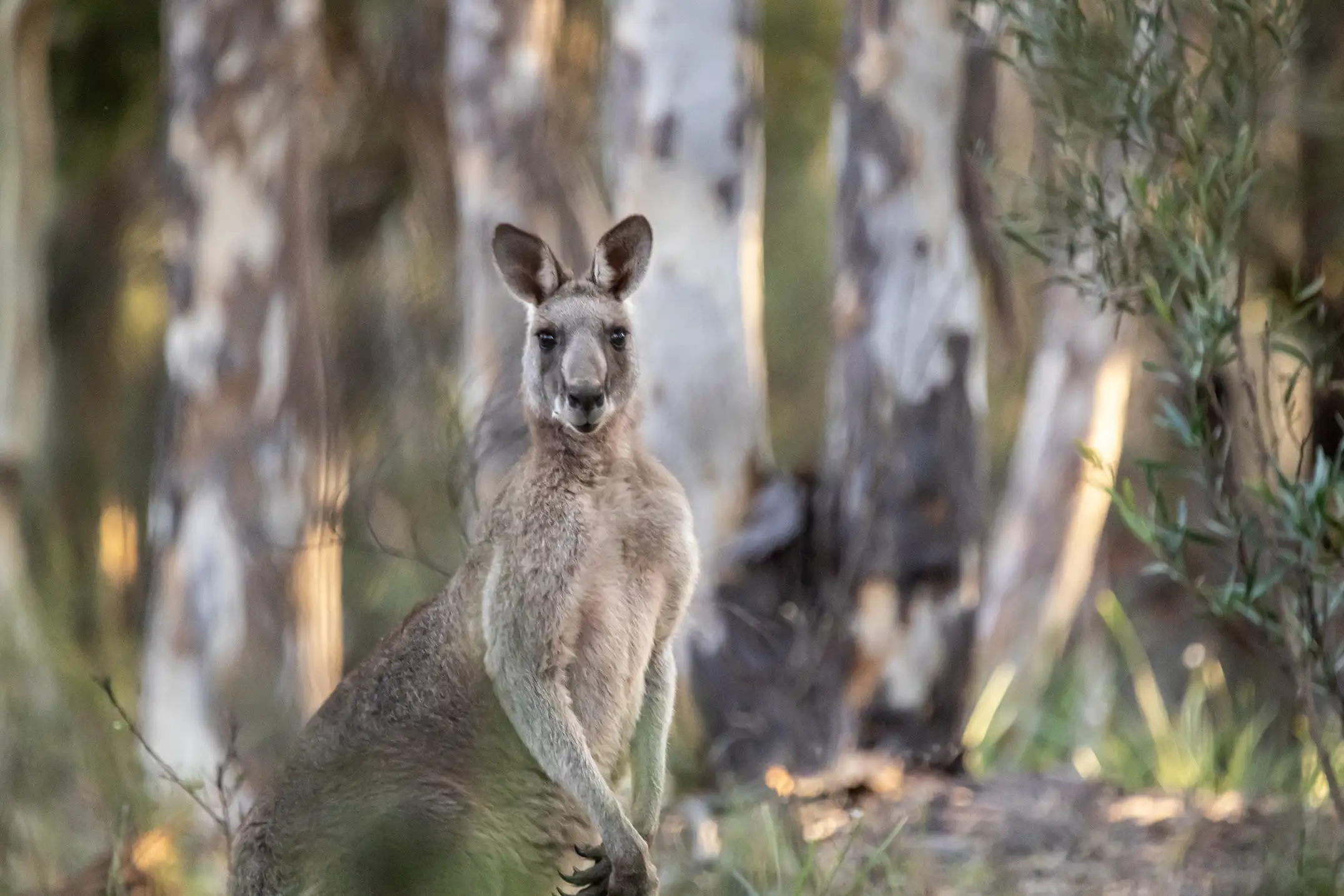
In the language of the time, we go back to 1984, then we find nothing has changed.
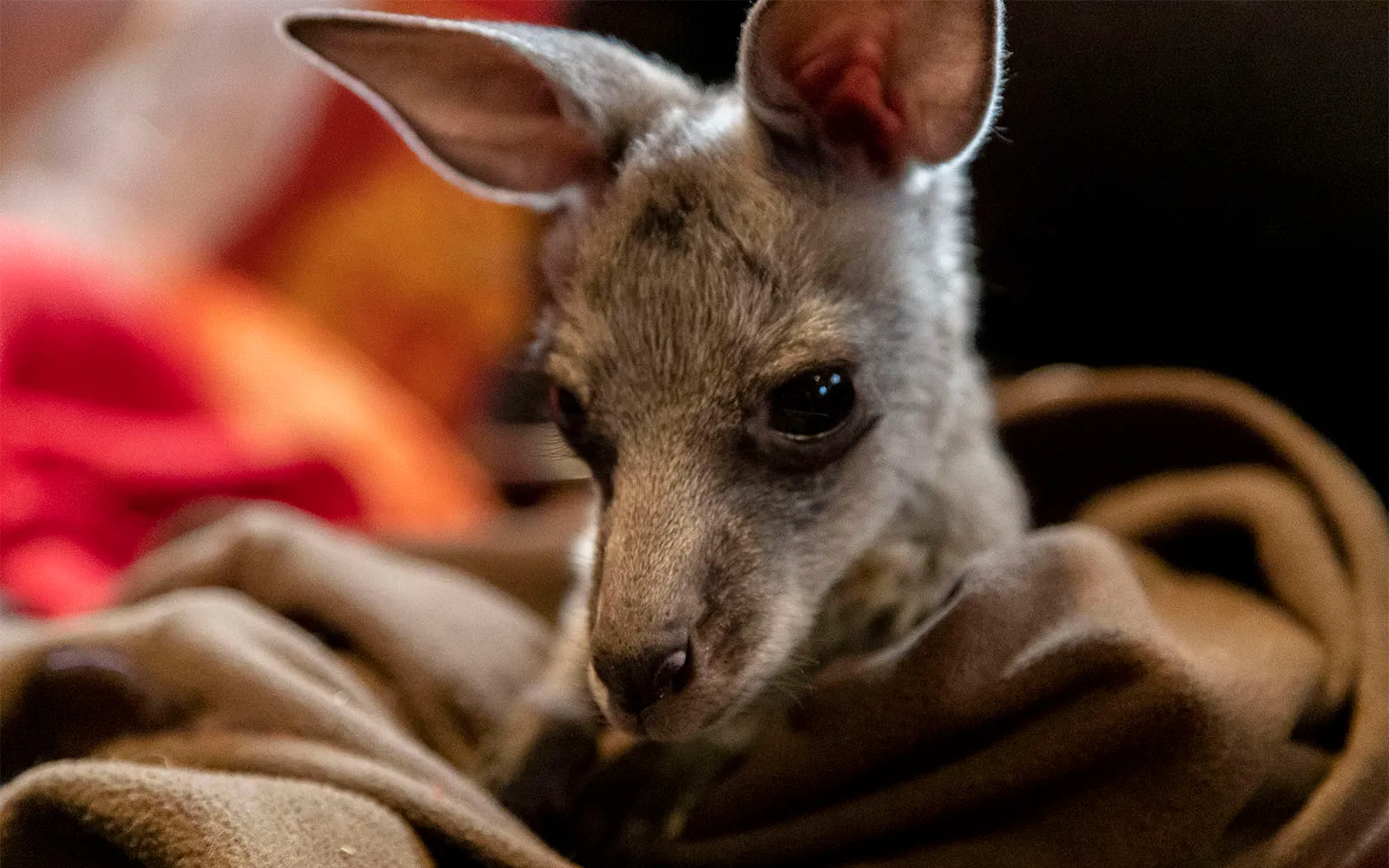
Veterinarian, Dr Hugh Wirth, RSPCA Australia, talks about the widespread cruelty to Kangaroos in Toshio Hoshimi’s film. RSPCA Australia identified this extreme cruelty to Kangaroos by both illegal and ‘legal’ shooters in their two government commissioned ‘Incidents of cruelty’ reports published in May 1985 and May 1987.
Toshio Hoshimi speaks:
In 1984, Toshio Hoshimi, a producer and director of the Tokyo Broadcasting System and a specialist in wildlife films throughout the world, approached the Australian embassy in Tokyo about making a documentary on Kangaroo killing in Australia. He refused their offers of assistance, preferring to maintain his artistic and independent integrity to tell the truth as he saw it about the Kangaroo killing industry in Australia.
Toshio Hoshimi next made contact with well-known wildlife welfare individuals in Australia who would provide the necessary assistance on arrival in Australia.
Toshio Hoshimi accompanied a government licenced professional Kangaroo shooter on a typical working night.
Toshio's reaction:
“I am depressed and shocked at what I have seen. Six weeks ago I was in Ghana, Africa, making a wildlife documentary and at no time did I witness the shocking cruelty I've seen tonight. Ghana is a third world country, Australia is a developed and civilised nation, yet in Ghana I did not see the terrible cruelty that I've witnessed and filmed in Australia regarding the killing of Kangaroos”.
Toshio Hoshimi took particular care to ensure that his Australian Kangaroo killing documentary conveyed the facts. and that it was not an Australian government propaganda cover up, deceiving Australian and Japanese people.
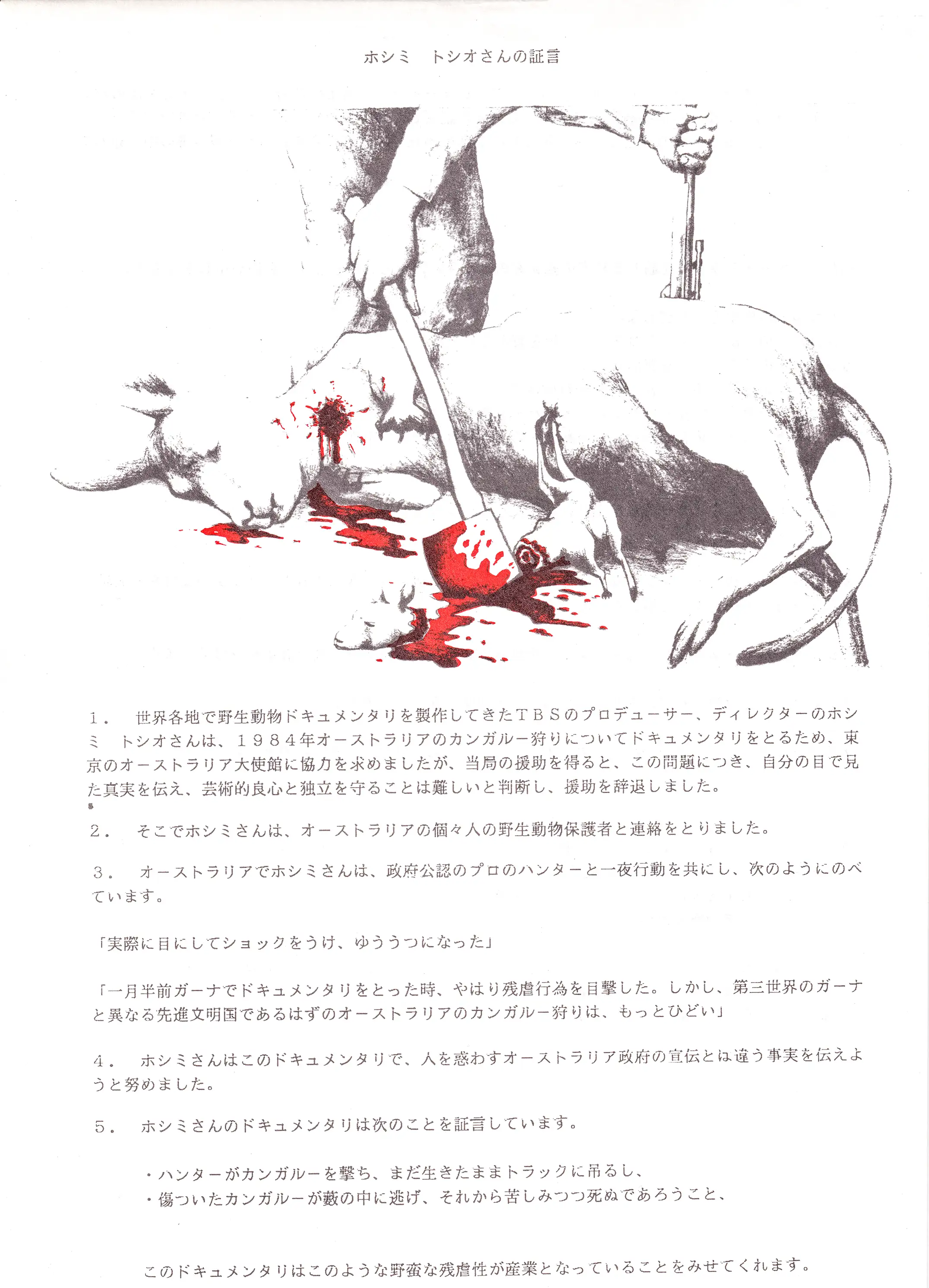
Toshio Hoshimi’s film shows:
It shows the brutal cruelty that is the industry in Australia.
Toshio Hoshimi’s wish was that all Japanese tourists and visitors to Australia do not buy Kangaroo fur or skins, do not buy souvenir Koalas made of Kangaroo fur, do not buy Kangaroo fur coats, do not buy Kangaroo skin wallets and belts and do not buy Kangaroo fur steering wheel covers or anything made from the suffering of Kangaroos
Toshio Hoshimi died in January 1986.
Toshio’s film, shown on Japanese television, told the truth about the shocking slaughter of Kangaroos in Australia and to 12 million people in Japan. Toshio is held in high esteem by wildlife protectors worldwide. He was a humane and compassionate man and for his sake please do not buy Kangaroo products of any kind.
Please remember Toshio Hoshimi and what he tried to do.
Out thanks to the AWPC, 1984.
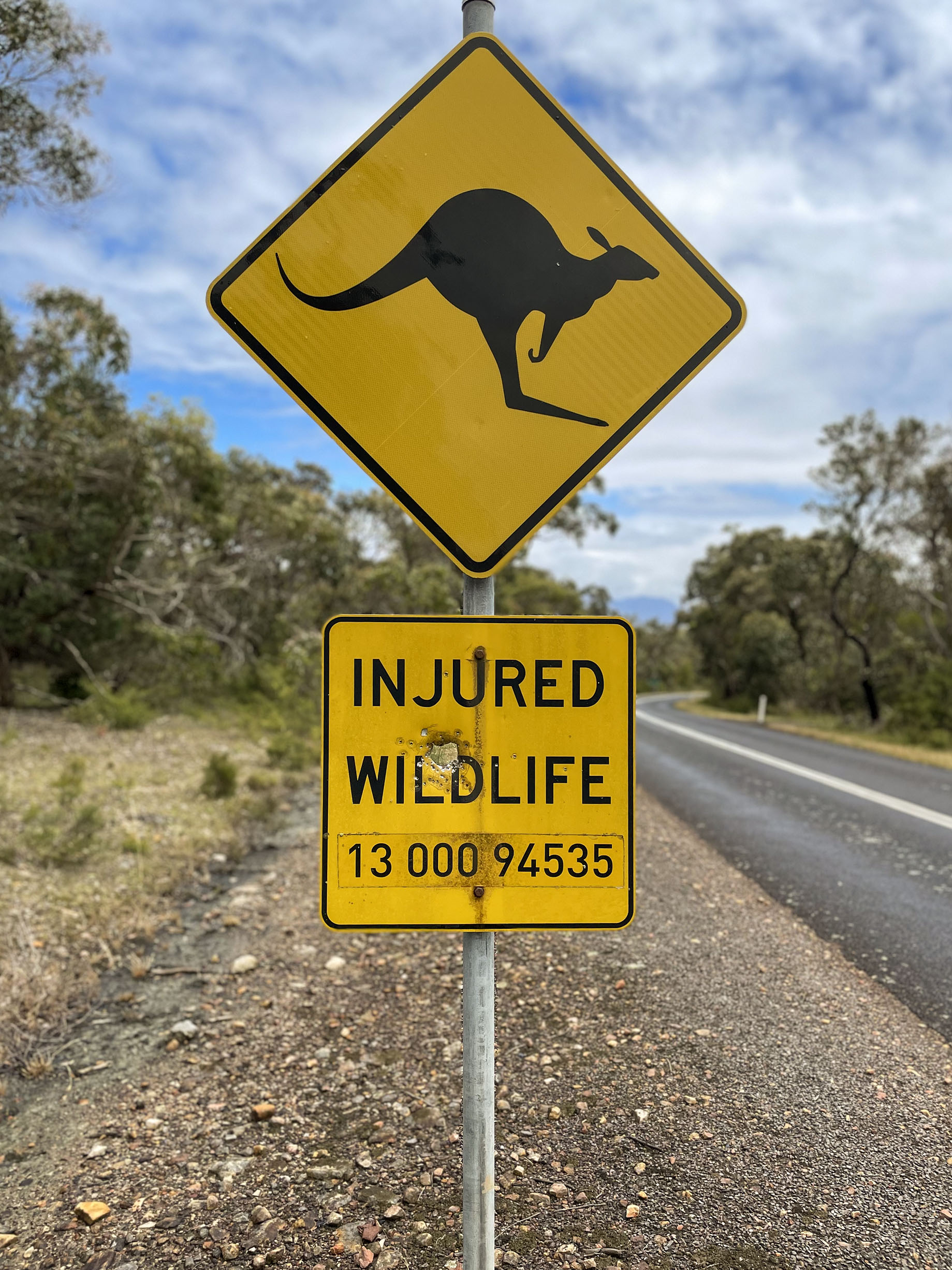
“We have been warning Australian Politicians for many years about the mismatch of the claims being made by Australian Government representatives and their commercial partners in both the US and the EU about the humanness of the commercial exploitation of Kangaroos and in stark contrast, visuals and commentary across the Internet which describe precisely the opposite. We have done this because the trade is the cruellest we could ever imagine, but also because we care about the reputational damage being done to Australia here, and for so little purpose”. Peter Hylands
And so to 2025 and to Washington D.C. and to the Centre for a Humane Economy and Animal Wellness Action.
WASHINGTON – The just-released "Chasing Roo,” a documentary from acclaimed filmmaker Skye Fitzgerald, provides incontrovertible evidence that Australia's commercial Kangaroo killing industry systematically fails to follow the most minimal humane standards, directly contradicting Australian government claims made to U.S. lawmakers and other key stakeholders about the unregulated nighttime shoots of Kangaroo families. The documentary reveals that the world's largest commercial kill of land-based wildlife, which claims approximately 1.2 million adult Kangaroos annually and an additional 400,000 joeys, routinely violates Australia's own National Code of Practice which requires Kangaroos be killed by a single shot to the head.
Animal welfare groups have called that code:
“A hollow set of promises with no oversight and no enforcement mechanisms.".
"The evidence revealed in ‘Chasing Roo’ strips away the spin of so-called humane treatment by the Australian government and the kangaroo-shooting industry for the skin trade". Wayne Pacelle, president of Animal Wellness Action and the Center for a Humane Economy.
“This is a government and industry that are in cahoots, and the in-the-field actions are built on cruelty and deception, with animals routinely subjected to agonizing deaths in clear violation of the country's protocols".
The film’s release is timely and comes as the Kangaroo Protection Act gains momentum in Congress thanks to a spate of global athletic shoe brands that have committed to halt sourcing of skins from the marsupials for soccer shoes. The bipartisan legislation, most recently introduced as S. 2162 and H.R. 1992 in 2025, would prohibit the sale or trade of Kangaroo and Kangaroo parts in the United States. The bill establishes federal crimes related to commercial activities involving Kangaroo products, with violators subject to civil and criminal penalties.
“The mass killing of millions of Kangaroos to make commercial products is needless and inhumane—and we must do better". Tammy Duckworth, D-Ill., and lead author of the Senate legislation.
“We must take action to conserve the Kangaroo species and end their inhumane exploitation". Added Sen. Cory Booker, D-N.J., who is the co-lead of that legislation.
“This legislation will ensure that no one in the United States can distribute Kangaroo products for commercial benefits". Rep. Brian Fitzpatrick, R-Pa., and Jan Schakowsky, D-Ill., are the lead authors of the companion legislation in the House.
